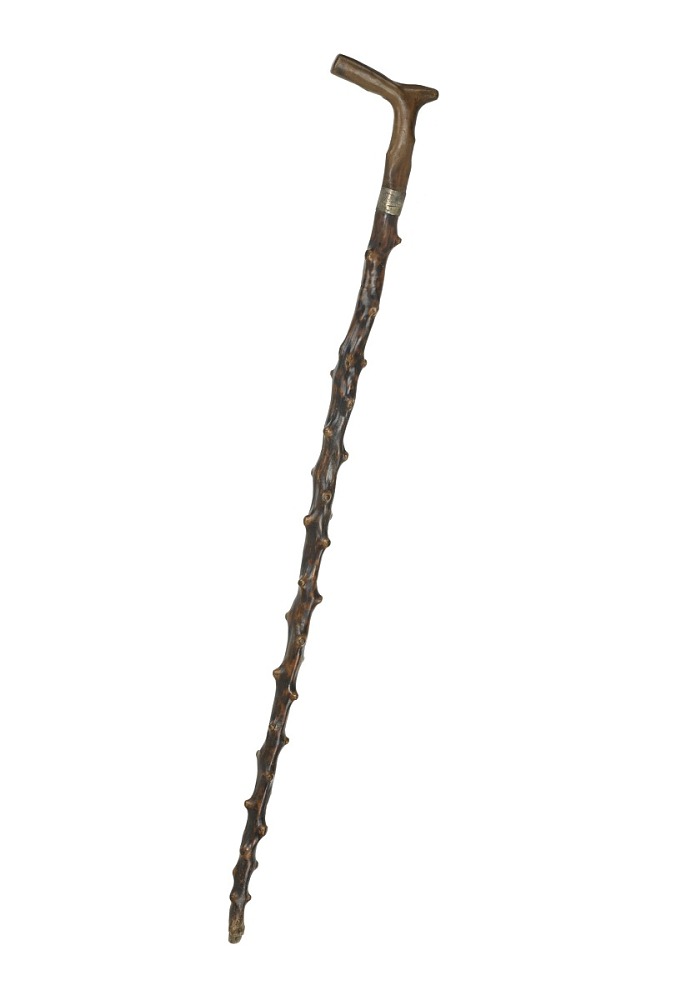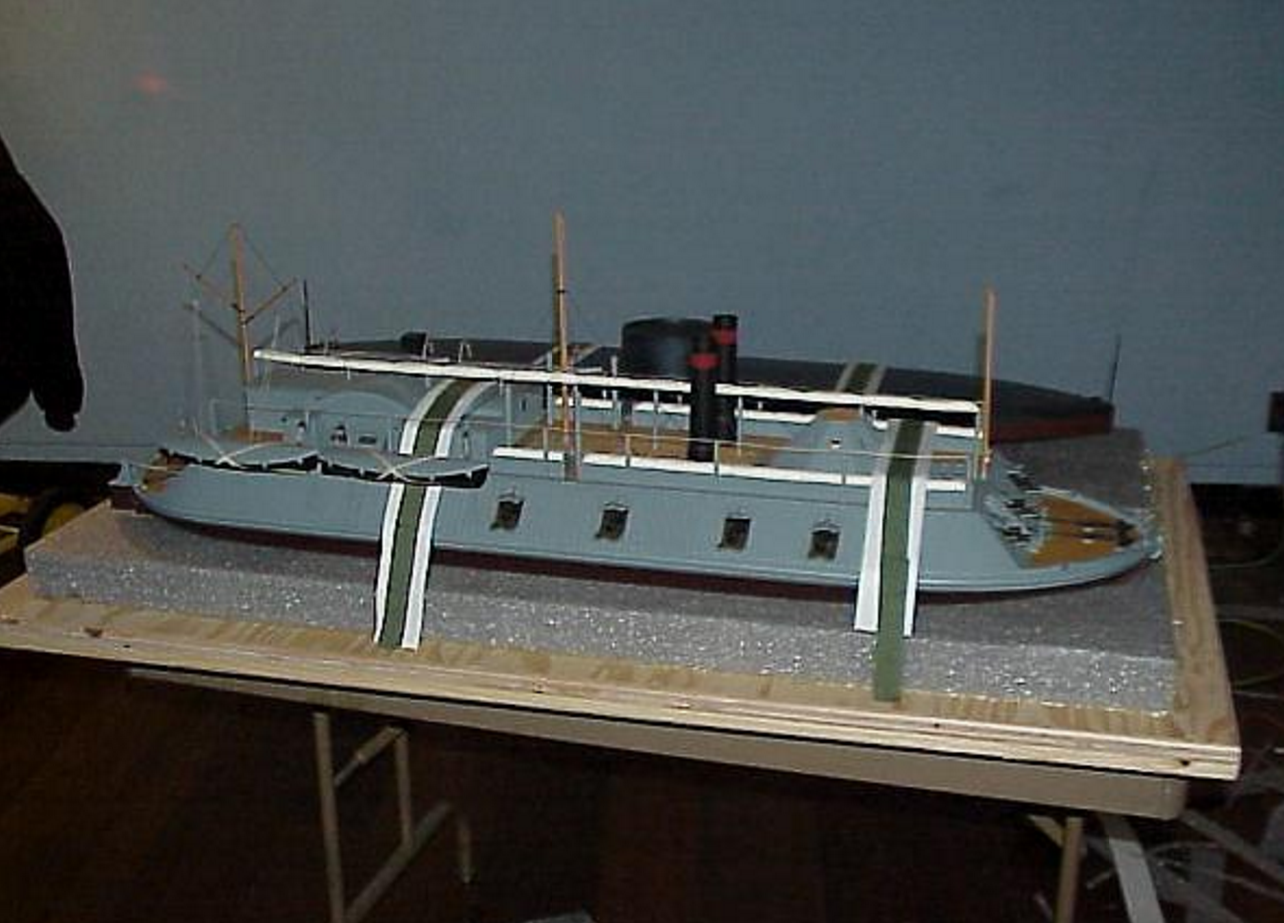As COVID-19 deaths spiked in 2020, Suzanne Firstenberg’s public art installation "In America: How could this happen…"
History Explorer Results (19)
Related Books (0)

Grade Range:
K-12
Resource Type(s):
Artifacts, Primary Sources
Date Posted:
9/3/2020
This cane belonged to Toussaint L’Ouverture, a military and political leader in the Haitian Revolution. The revolution began as a slave revolt in the French colony of Saint-Domingue in 1791 and ended with emancipation and the founding of the free nation of Haiti in 1804. Nearly half a million ensl

Grade Range:
K-12
Resource Type(s):
Artifacts
Date Posted:
3/28/2016
John H. Irwin received patent number 35,158 on May 6, 1862, of this design of a coil oil lamp. Irwin’s lamp was designed for coal oils and other similar hydrocarbons (such as kerosene) which volatilized at low temperatures and required an excess of oxygen to support illumination. The excess of

Grade Range:
Resource Type(s):
Artifacts
Date Posted:
9/10/2015
Abraham Lincoln came to understand that to achieve a lasting peace, slavery must end. He had always opposed slavery, but had never sided with abolitionists who called for its immediate end. Lincoln had sought solutions that would make slavery gradually fade from white society—limit its location

Grade Range:
K-12
Resource Type(s):
Artifacts
Date Posted:
11/7/2012
This ambrotype portrait of Mea-to-sa-bi-tchi-a, or Smutty Bear, a Yankton Dakota, is among the first photographic images of Native Americans. Smutty Bear was part of a large Native American delegation that came to Washington, D.C., during the winter of 1857–58. Under duress, members of the dele

Grade Range:
5-12
Resource Type(s):
Artifacts, Primary Sources
Date Posted:
12/31/2010
USS Carondolet was a 512-ton ironclad gunboat in the style of the Cairo. It was built in Saint Louis and commissioned in January 1862. Within a month it had contributed to the capture of both Fort Henry and Fort Donelson.

Grade Range:
5-12
Resource Type(s):
Artifacts, Primary Sources
Date Posted:
12/30/2010
On February 16, 1862, General Buckner surrendered Fort Donelson. The unconditional surrender created jubilation throughout the North and shock in Dixie. It was the North’s first major victory of the Civil War, opening the way into the very heart of the Confederacy.

Grade Range:
5-12
Resource Type(s):
Artifacts, Primary Sources
Date Posted:
12/28/2010
The CSS Alabama was a 1,050-ton screw steam sloop of war. On August 24, 1862 it rendezvoused with a supply ship and was outfitted for war and for the next two years wreacked havoc on the seaborne commerce of the North by destroying more than 60 ships valued at nearly $6,000,000

Grade Range:
5-12
Resource Type(s):
Artifacts, Primary Sources
Date Posted:
12/28/2010
Cap worn by Landsman Nathan Ives of the USS Kearsarge.
The CSS Alabama was a 1,050-ton screw steam sloop of war. Built in Liverpool, England, it took to sea as a merchant ship, but on August 24, 1862, it rendezvoused with a supply ship and was outfitted for war. For th

Grade Range:
5-12
Resource Type(s):
Artifacts, Primary Sources
Date Posted:
12/28/2010
During the Civil War, Libby Prison held over 125,000 men, mostly Union officers. This knife, fork, and plate was issued to prisoner of war Colonel John S. Crocker, 93rd Infantry Regiment, New York Volunteers, by the commandant of Libby Prison, Richmond, Virginia, and used by him at Libby and

Grade Range:
5-12
Resource Type(s):
Artifacts, Primary Sources
Date Posted:
12/28/2010
General Robert E. Lee’s first invasion of the North culminated in the Battle of Antietam, the bloodiest single-day battle in American history. On September 17, 1862, General Robert E. Lee and 30,000 Confederate troops faced Major General George McClellan and 60,000 Union troops.









